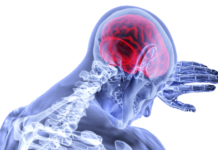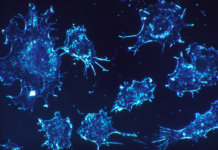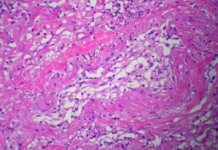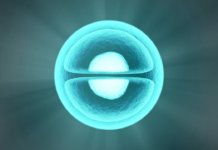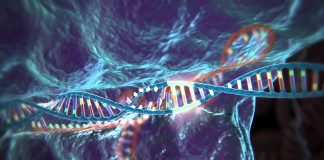Reversing the biological clock with mitochondria

A team of researchers from Caltech and UCLA has developed a new approach in order to fight the accumulation of lesions on cells during aging. This technique allows to slow down or reverse important aging causes. The team has developped a technique to extract mitochondria that have been suffering from a mutation at their DNA level.
![]()
Mitochondria
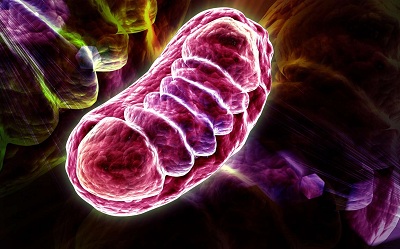 Mitochondria are organelles present in great numbers in all of our cells, they have an key role for the cell: energy production, cellular respiration… These organelles have their own DNA (mtDNA) and this DNA mutation is partly responsible for mitochondria dysfunction. Unlike the DNA present our cells’ nucleus, mtDNA does not have a respiration system, and this triggers the accumulation of defective mitochondria in the cell, which triggers in turn premature aging and a loss of function of the cell. This accumulation contributes to aging and the apparition of degenerative diseases like Alzheimer or Parkinson’s diseases.
Mitochondria are organelles present in great numbers in all of our cells, they have an key role for the cell: energy production, cellular respiration… These organelles have their own DNA (mtDNA) and this DNA mutation is partly responsible for mitochondria dysfunction. Unlike the DNA present our cells’ nucleus, mtDNA does not have a respiration system, and this triggers the accumulation of defective mitochondria in the cell, which triggers in turn premature aging and a loss of function of the cell. This accumulation contributes to aging and the apparition of degenerative diseases like Alzheimer or Parkinson’s diseases.
![]()
Mitophagy : mitochondria optimization
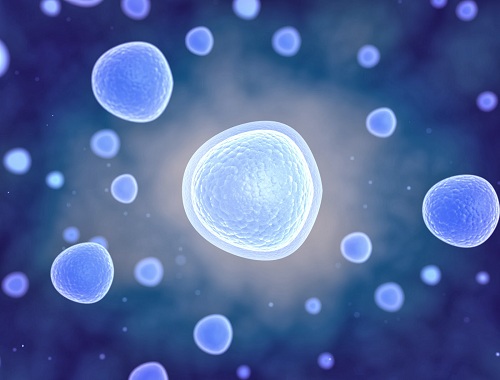
A mechanism called mitophagy allows the cell to remove defective mitochondria. This mechanism is activated by several genes which mutations are involved in, especially in the development of Parkinson’s disease. Studies have been conducted on drosophila flies because they age much faster than humans and most human genetic diseases have their equivalent in flies. These genes activation allowed to promote mitophagy by strongly reducing the proportion of defective mitochondria, from 75% to 5% in every cell.
![]()
The next step
 This experimentation showed that mitochondria-level mutations, and all diseases that they represent, can be highly reduced by simply working on common cellular processes.
This experimentation showed that mitochondria-level mutations, and all diseases that they represent, can be highly reduced by simply working on common cellular processes.
The next step would be to find a drug which activates the cell’s “quality control”, brain, muscles or other tissues. This will allow to maintain our intellectual ability, or more generally, a healthier aging.
To learn more about the role of mitochondria in the aging process, see our article on the Biological causes of aging
Hadrien Vielle

Author
Auteur
Hadrien is an engineer and was trained in biology, physics and bio-engineering at the École Polytechnique féminine in Paris.
More about the Long Long Life team
Hadrien est aujourd’hui ingénieur polyvalent après une formation en biologie, physique et bio-ingénierie à l’École Polytechnique féminine.
En savoir plus sur l’équipe de Long Long Life
Odélie Tacita

Translation
Traduction
Odélie is a trainee specialized translator at Elvesys. She is graduating from the university of Paris-Est Marne-la-Vallée and works in French, English and Spanish.
More about the Long Long Life team
Odélie est apprentie traductrice spécialisée pour Elvesys. Elle termine sa formation à l’université de Paris-Est Marne-la-Vallée et ses langues de travail sont le français, l’anglais et l’espagnol.
En savoir plus sur l’équipe de Long Long Life




